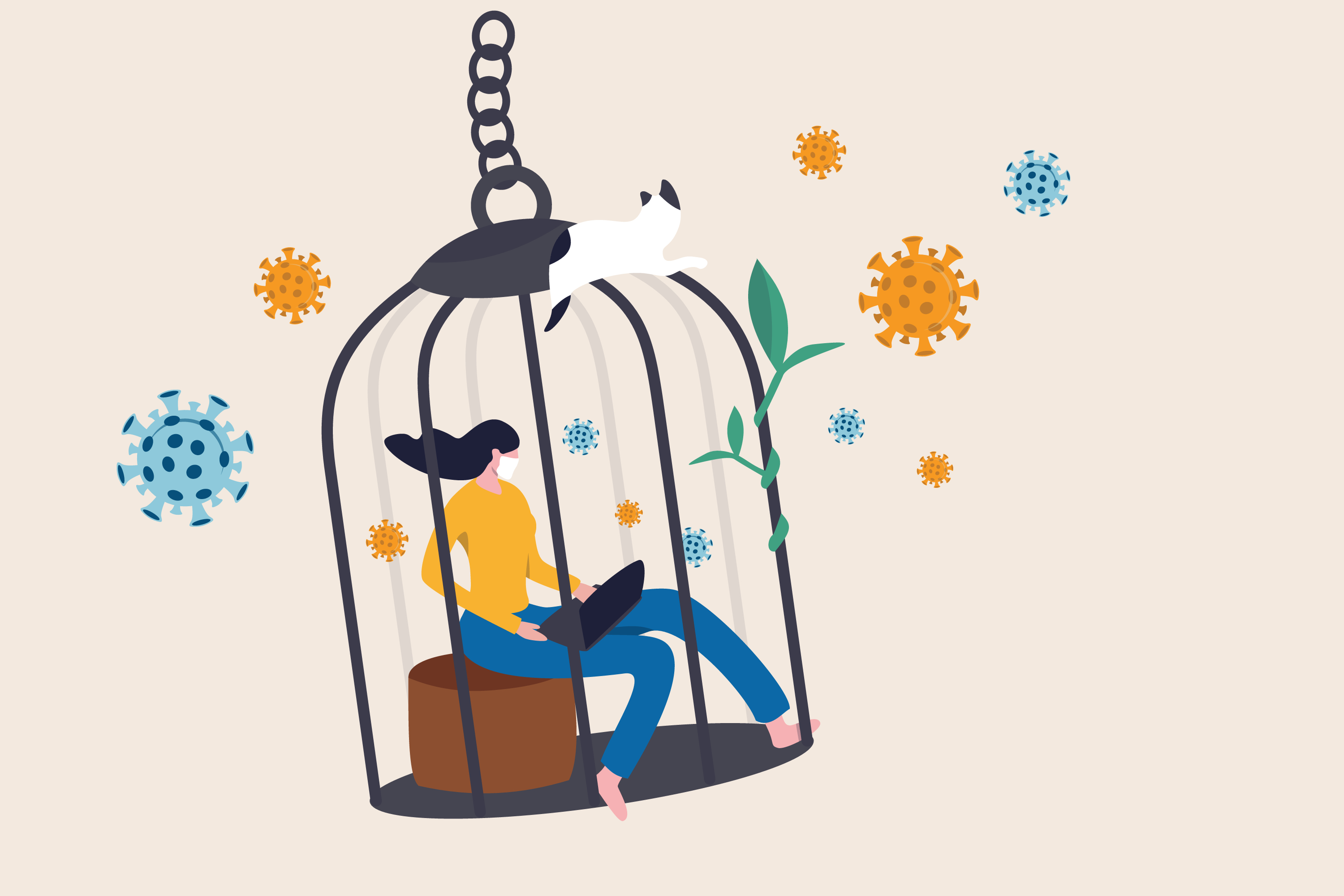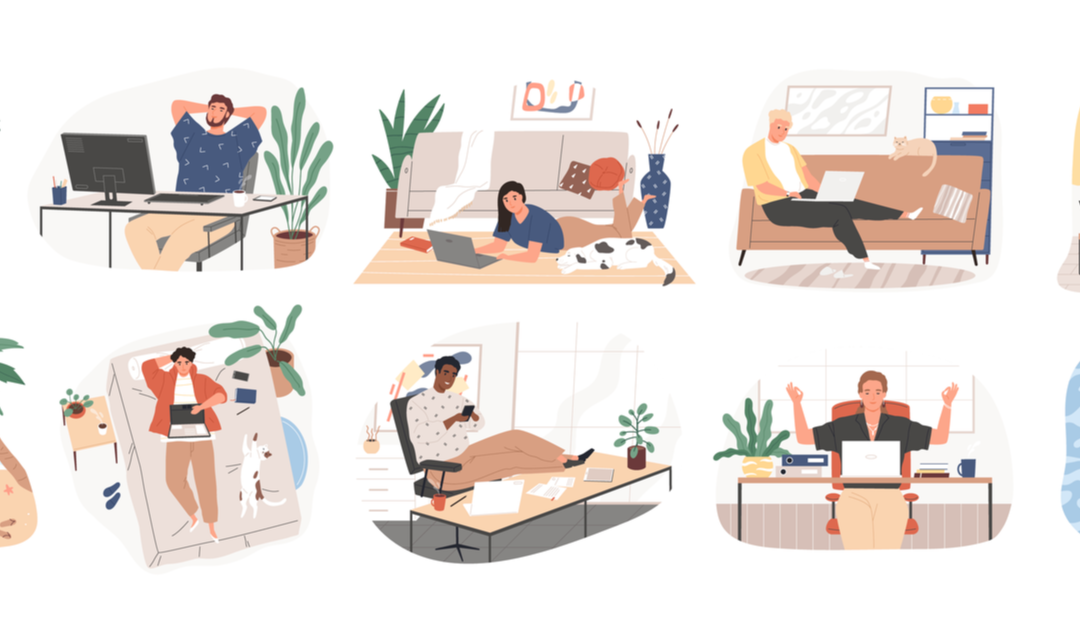Media plays such a vital role in our lives as it connects us to others in our communities and around the world which is especially true now because of the pandemic. However, there seems to be more negative news stories than positive ones on every platform which has only increased with the constant COVID-19 updates. With this constant dependence on the media for news, updates, and information we as a society give them a lot of power over our own health.
Negative news stories can impact how we see the world and in turn, it can affect our own mental health.
Where are the positive news stories?
Where did the feel-good news stories go?

The good news did not go away, it is still occurring but why is it not being reported on to the same degree of negative news? This is partially due to the fact that negative news gets more attention, therefore making the news outlets more money.
Making money is important but at what cost?
Since the start of the pandemic in March, we have been constantly bombarded with updates on active case counts, death counts, outbreak centers, quarantine restrictions, mask mandates, press conferences from health officials, and stories about public officials. This has led to what is known as ‘covid burnout’ or ‘pandemic fatigue’ which the Johns Hopkins Hospital has a great article with tips on how to manage it.
One positive thing that came out of the pandemic was average people posting more positive things on their social media, and the emergence of the YouTube channel Some Good News (started by John Krasinski). While media outlets focused on the stories that would garner them the most clicks, everyday people posted stories about the heartwarming things happening in their communities.
In addition to the constant media on COVID, we have also spent more time on our phones since the start of the pandemic which contributes to the overconsumption of social media. Social media has allowed us to stay connected with our family and friends during quarantine, but it has also contributed to the decline of many people’s mental health. I spent more time on my phone in March, April, and May than I ever had before and it made me feel more dissolute. In June I made myself stick to a routine like I had before the pandemic and limited my consumption of social media. This was easy enough to do in summer as I was able to go outside on hikes, swimming or camping to unplug and relax. With school starting up again and the weather getting colder, unplugging and escaping from social media is more difficult to do.
How can we unplug and limit our exposure to negative news stories when we need to be online for work and/or school?
It is harder to avoid being online when it is required, and with many jobs/schools supporting remote work/learning. Since many people cannot avoid being online or consuming news stories as they want to be informed about what is happening in their communities and globally, it is important to practice self-care. This can be done by setting a routine and sticking to it such as having structured time to be online, and offline. Taking care of our mental health needs to remain a priority. I know this is easier said than done, but it is important to prioritize our wellbeing because it affects our ability to do our jobs, be productive students, and be functioning members of society.

The views expressed in this blog are my own, and do not necessarily reflect the policies or views of the University of Victoria. I monitor posts and comments to ensure all content complies with the University of Victoria Guidelines on Blogging.
